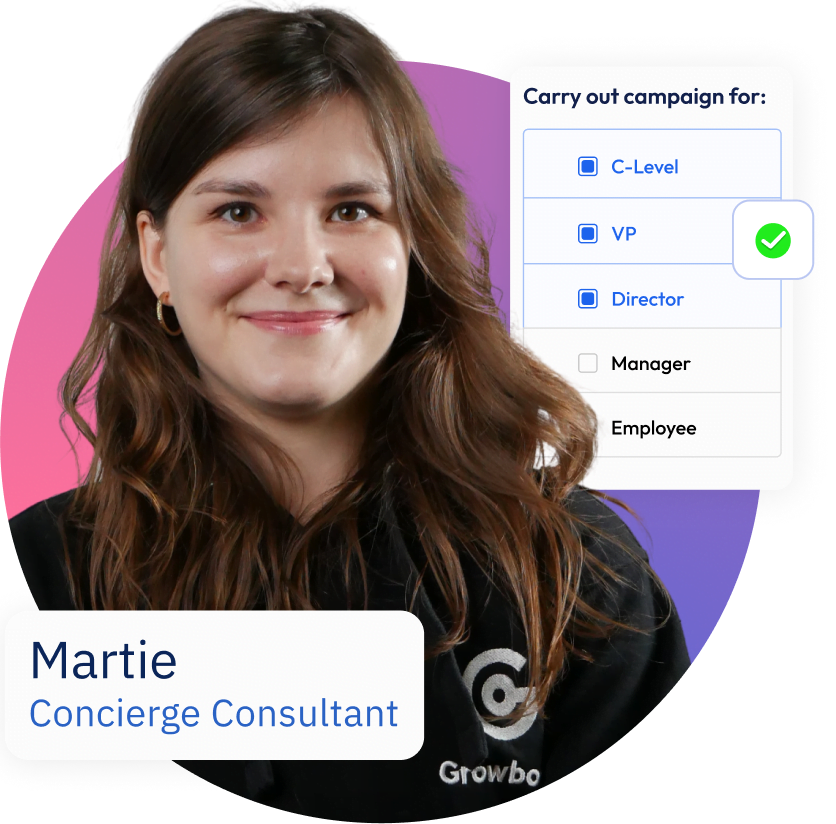6 Great Hacks for User Growth
Bringing users to your web page is the first part of user growth hacking and (however it doesn’t end there). It is super-important as it allows you to run tests and improve further parts of the conversion funnel, turning those users into paying customers.
It’s great if you have a huge marketing budget. Go ahead and buy tons of banners, spend thousands on AdWords, hire an expensive PR company, and so on. But the majority of today’s most successful businesses didn’t start that way. They build their growth using effective, yet low-budget techniques. Today I will present to you some growth hacking quick wins for launching businesses. Actually, some of them are not so quick but are definitely still wins.

6 Great Hacks for User Growth:
1. Free Channels
This is understandable; media won’t probably talk about you when you are starting. Why not then talk about yourself in the media? There are plenty of user generated content sites great for this purpose. There are Youtube, Quora, Wikipedia, Instagram, Pinterest, Vine, and Meetup. Not to mention Facebook, Google+, Twitter, and LinkedIn. All of them give you the opportunity to publish for free and have a broad audience. One of the best channels to share content is Slideshare, an easy way to promote valuable content and subsaquently user growth. Also look for the new ones. Try to use Snapguide and create some “How-To” guides, it’s a quick and friendly creation tool with a growing user database.
2. Goodies
Create stuff that is beneficial and helpful for your audience. Write beginner guides, free reports, reviews, mini books, and white papers. This tactic is very time-consuming but pays off with sign-ups and user growth. Remember: write for others, not for yourself. Help people who are beginners in your industry and they will pay you back with loyalty. Another thing is infographics. If possible, invest some time (and money) in the creation of some good looking and interesting infographics on relevant topics. People love them and share them a lot. If you have one, contact sites/bloggers/media that write about your niche and show it to them, then offer to write a short guest post dedicated to their site. This works in most cases.
3. Influencers
In today’s online world, we don’t exist in a vacuum. There are already people who know “stuff” better than you. Look for the people that are listened to, whose blogs are popular, who tweet a lot, and so on. Find them. Use services like Followerwonk, Klout, or Brand24. When you already know who is your target, a good idea is to interview these industry influencers and write about them on your blog. That is a way to benefit from their fame (and actually learn something from them). Then ask your interviewees to share your interview with their audience, in many cases they will. Look at GrowthHacker.tv, they have managed to talk (even via skype) to more than 100 growth hackers. A number of those experts shared the video with their audience on blogs or Twitter.
4. Fake crowd
This applies especially to platforms (but not only). If you start a user-generated content service, you must break the point between demand and supply. Users won’t come to the site if it doesn’t offer anything interesting. There is nothing interesting because there are no users to provide it. There are two interesting examples of companies that managed it well. Reddit admitted, that they used fake profiles to post and vote links when they started. This attracted people who stayed there for good. Another example: PayPal. They decided to stimulate the demand for their services. They created a robot buying various stuff on eBay and later insisted on paying with PayPal. Looking at PayPal today, there’s no need to say what the sellers did.
5. Chrome Webstore
Google Chrome is one of the most popular web browsers. It has millions of daily users who use it on a desktop or Chrome Book. Some time ago Chrome launched a marketplace a bit similar to Google Play Store. It allows you to put the shortcut to your web application right on the front page of someone’s browser. Adding a web page to the Chrome Store is not complicated and almost free (just 5$ fee). It probably won’t be your major source of traffic, but benefits are big because the store has massive numbers of visitors. Besides, when a user adds your web app to his Chrome, he will see it every time he uses the browser app page and is more likely to revisit. Base CRM has done it and they already have more than 30 thousands of downloads. 30k users for 5$ and couple of hours of setup – not a bad channel.
6. Sharing
Make sharing part of your user experience. Users who are referred to your product are easier to convert! Your brand is already vouched for by their friends/followers. It is a huge weapon, so you should do everything to make it happen. There are a couple of ways to do it. First of all, remember that people won’t share your product just because they like it. Liking is good for fan pages on Facebook, but that is not the point here. You want users who drag other users. Incentives like free GBs of cloud space are a good idea (ever heard of Dropbox and their user growth?) but it can also be discounts or other freebies. Leverage on people’s vanity and curiosity. Make them share if they want to get more content, more game levels, more credit points. Consider creating a “badging scheme” where you can reward some of the users who earned a badge. This is highly shareable stuff.





















